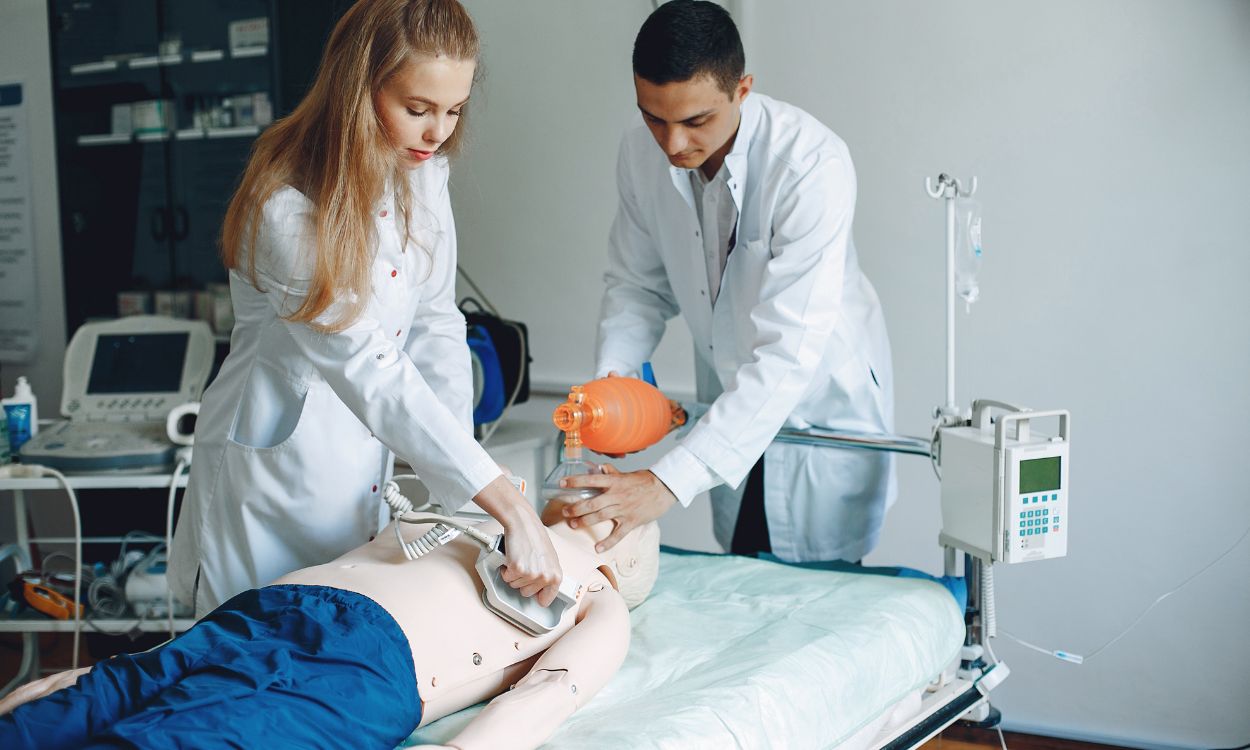Saving Lives: First Aid for Electric Shock Involving Cardiac Arrest – CPR and AED Use
Electric shocks can happen to anyone, anywhere, and at any time. They can be caused by faulty electrical appliances, lightning strikes, or even contact with power lines. Electric shocks can cause serious injuries, including cardiac arrest, which can be fatal if not treated immediately. In such cases, knowing how to perform CPR and use an AED (Automated External Defibrillator) can make all the difference between life and death.
Cardiac arrest is a condition where the heart suddenly stops beating, and blood flow to the brain and other vital organs is cut off. This can happen due to an electric shock, heart attack, drowning, or other medical emergencies. When cardiac arrest occurs, every second counts, and immediate action is required to save the person’s life.
The first step in providing first aid for electric shock involving cardiac arrest is to call for emergency medical services (EMS) immediately. While waiting for the EMS to arrive, perform CPR (Cardiopulmonary Resuscitation) to keep the person’s blood flowing and oxygenated. CPR involves chest compressions and rescue breaths, which help to circulate blood and oxygen to the brain and other vital organs.
To perform CPR, place the person on a flat surface and kneel beside them. Place the heel of one hand on the center of their chest and the other hand on top of the first hand. Press down hard and fast, at a rate of 100-120 compressions per minute. After 30 compressions, give two rescue breaths by tilting the person’s head back, lifting their chin, and blowing into their mouth while pinching their nose.
If an AED is available, use it as soon as possible. An AED is a portable device that can analyze the person’s heart rhythm and deliver an electric shock to restore a normal heartbeat. AEDs are easy to use and come with voice prompts that guide the user through the process. To use an AED, turn it on and follow the voice prompts. Place the pads on the person’s bare chest, and the AED will analyze their heart rhythm and determine if a shock is needed. If a shock is advised, make sure no one is touching the person and press the shock button.
In conclusion, electric shocks can cause serious injuries, including cardiac arrest, which can be fatal if not treated immediately. Knowing how to perform CPR and use an AED can make all the difference between life and death. If you want to learn more about first aid and how to save lives, download the Fitpaa app today. Fitpaa provides personalized health and fitness plans based on your metabolism, health, and fitness goals. With Fitpaa, you get access to a team of fitness planners, nutritionists, fitness trainers, and doctors who can help you achieve your health and fitness goals with guaranteed results. Don’t wait until it’s too late, start your journey towards a healthier and happier life today!









